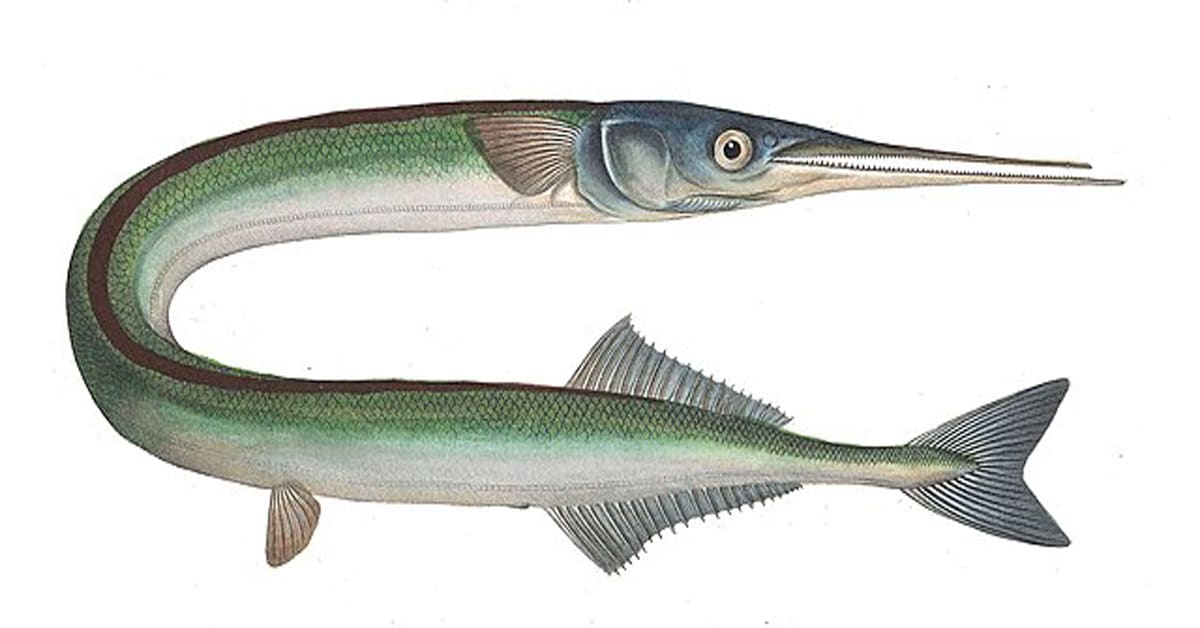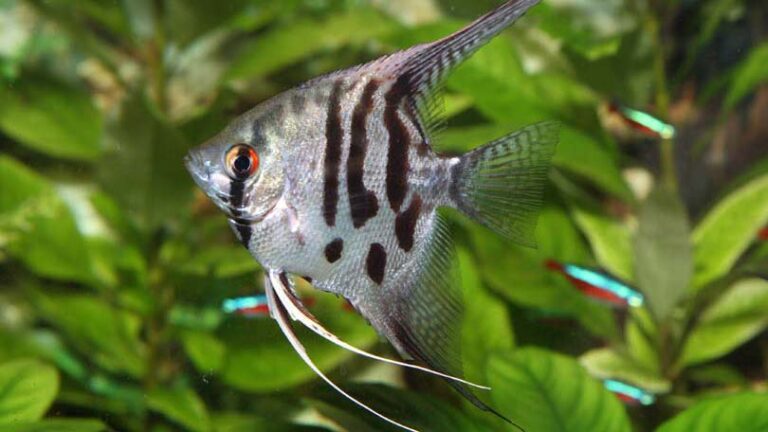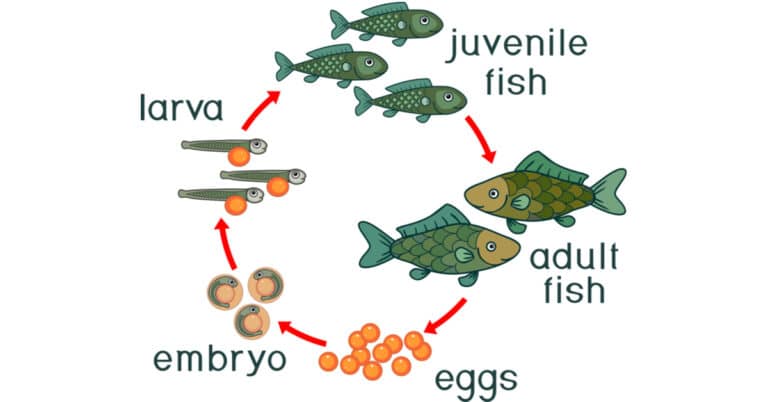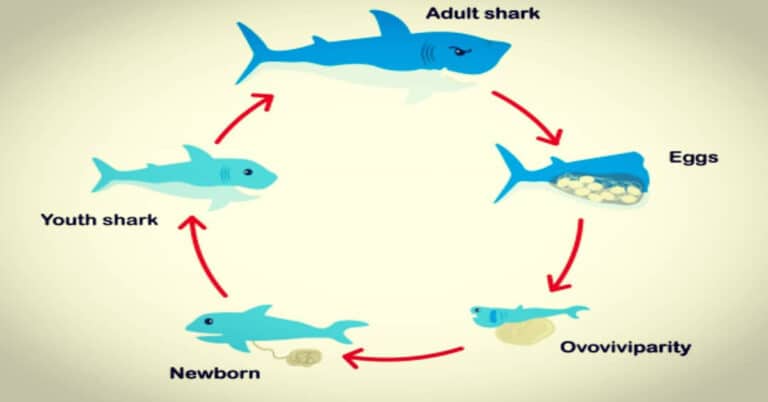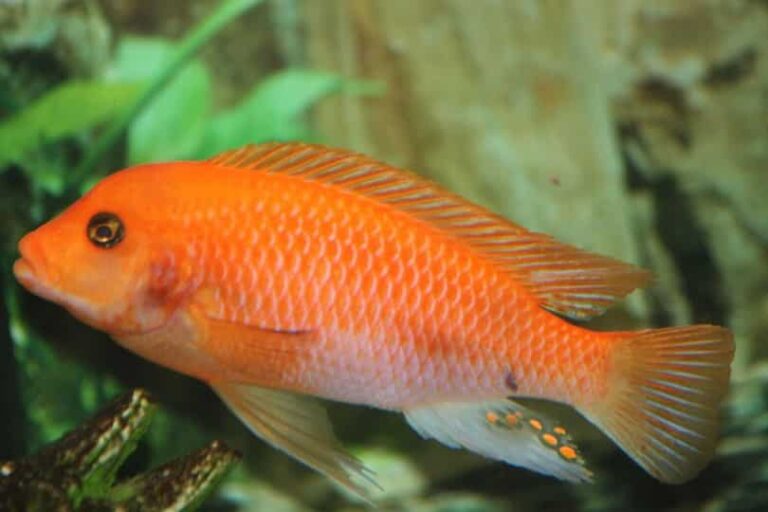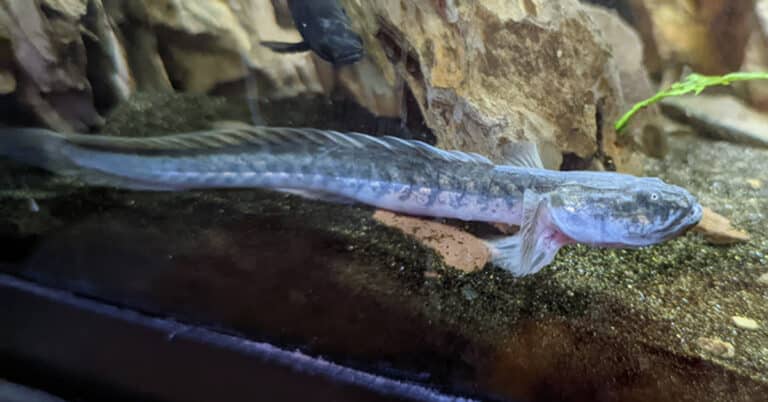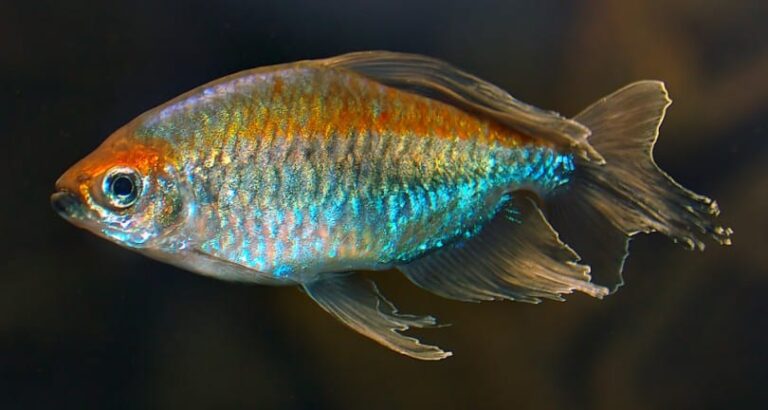Needlefish – Everything About the Mysterious Resident of the Ocean
Isn’t it curious how needlefish, with their unique look and behavior, stand out as mysterious inhabitants of the oceans?
To address this commonly asked question, it’s worth mentioning a fascinating discovery – scientific evidence from fossil records and genetic research suggests that Needlefish originate from an extinct group and share close ancestry with land-dwelling animals. We assure you that this surprising insight is just a starting point to pique your interest even further. Sounds more intriguing, right?
In this article, we are going to tell you many more about the Needlefish’s unique characteristics, habitat, and how dangerous its needles are. We will even provide practical tips on how to catch Needlefish.
What is a Needlefish?
Needlefish possess several notable characteristics, including their slender, elongated bodies and needle-shaped snouts. Needlefish typically exhibit a blue to green coloration on their upper bodies, while their undersides appear silvery. This unique coloring serves as a natural camouflage mechanism that provides Needlefish with protection from potential predators. Their eyes are situated on top of their heads, while their mouths are located on the lower part of their faces.
These fish are renowned for their agility and can attain speeds of up to 60 km/h. Scientists note that this extraordinary speed plays a significant role in their hunting strategy and enables them to catch their prey swiftly.
While the maximum lifespan of Needlefish remains uncertain, those kept in captivity generally live for 3 to 5 years. The longevity and growth of these fish can vary depending on factors such as available food and environmental conditions.
Atlantic Needlefish: Key Features & Characteristics
The Atlantic Needlefish, despite its small size, possesses some remarkable attributes that make it one of the most formidable marine predators. To aid in its predatory habits, it is equipped with needle-like teeth that enable it to capture its prey with precision. One distinguishing characteristic of Atlantic Needlefish is its dorsal fin, which runs parallel to its anal fin. The tailfin of the Atlantic Needlefish has gently rounded edges and forms a square shape.
If you observe this fish closely, you’ll notice a small black spot near its eye – which is another clear characteristic that distinguishes Atlantic Needlefish from other Needlefish.
In terms of diet, the Atlantic Needlefish opt for small fish such as anchovies and herring. Additionally, it seems to have a preference for hunting juvenile fish that seek refuge within seagrass and seaweed. Shrimps also constitute a part of its dietary choices.
Where Do Needlefish Live?
Needlefish are known to inhabit a diverse range of aquatic environments worldwide, including both freshwater and marine habitats. Needlefish tend to favor shallow waters near coastal rivers. While the majority of these species thrive in saline or brackish waters, some have been discovered in the freshwater rivers of Florida and Alabama. They typically prefer residing near the water’s surface and engage in hunting activities targeting small fish, octopuses, and crustaceans.
In terms of distribution, Needlefish appears in various global regions, including the Atlantic Ocean, the Indian Ocean, the Caribbean Sea, and the Western Pacific Ocean. Interestingly, there have even been recorded instances of Needlefish sightings in the Mediterranean Sea.
Along the western Atlantic, Needlefish habitat extends from the northern region of Maine down to the southern coasts of Florida. In the eastern Atlantic, you can find Needlefish from Dakar to Angola. In the Pacific, Needlefish can be spotted from western Mexico to Peru.
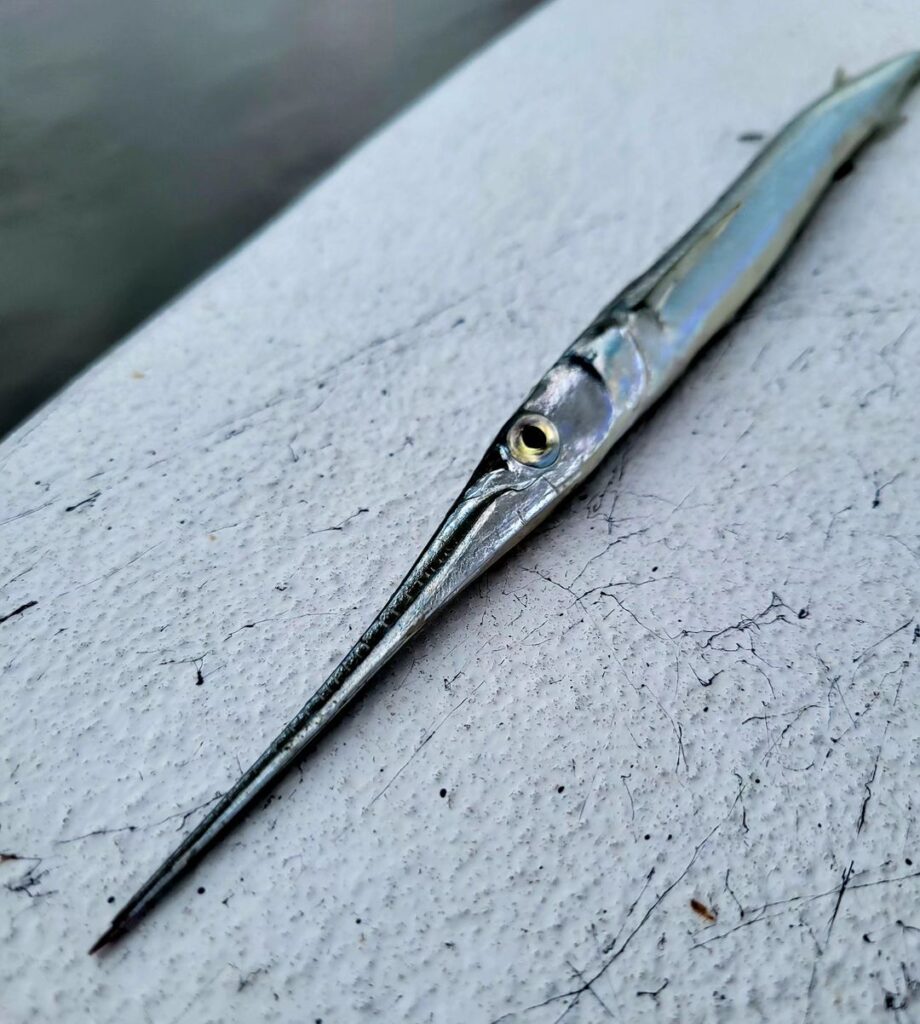
How Big Do Needlefish Get?
Though there is a significant variation in their sizes, the largest Needlefish can reach up to approximately 4 feet in length. For instance, Keeltail Needlefish typically range from 17 to 20 inches long, making them about 3 to 4 times smaller than the Houndfish. On the other end of the spectrum, the Belonion apodion and Belonion dibranchodon are among the tiniest, measuring just about 2 inches in length.
Atlantic Needlefish can also obtain substantial size as the average size for an Atlantic Needlefish is around 23 inches, but they have been known to grow up to an impressive 43 inches. In terms of weight, these fish can tip the scales at a maximum of 5.07 lbs.
Danger of Needlefish Attacks
While Needlefish are typically known for their small size, their slender bodies, sharp teeth, and unique jumping behavior can pose a risk to humans in specific situations.
It’s important to note that Needlefish do not intentionally harm humans. But still, there have been recorded cases of Needlefish jumping out of the water and injuring or even causing fatalities to individuals. These incidents are infrequent, but when a Needlefish leaps out of the water, its pointed snout can potentially cause serious injuries, such as piercing organs like the eyes, heart, or lungs.
It’s worth mentioning that larger species of Needlefish, like Houndfish, can pose more significant risks compared to their smaller counterparts. Nighttime fishermen who use bright lights in shallow waters may be at particular risk, as these lights can attract Needlefish, leading them to jump over boats rather than swim beneath them.
What Do Needlefish Eat?
Needlefish of various species exhibit diverse dietary preferences, with a tendency to consume small marine creatures such as tiny fish and crustaceans like shrimp. They also indulge in a diet consisting of killifishes, cephalopods, and silversides.
When residing in freshwater environments, these fish turn their attention to tadpoles, frogs, and insects. During their early stages of life, juvenile Needlefish primarily feed on plankton until they reach a size suitable for hunting other prey.
To facilitate their hunting endeavors, Needlefish are equipped with rows of razor-sharp, needle-like teeth. Their needle-shaped bodies enhance their agility and allow them to swiftly pursue and capture their prey in the water. That’s not all! Considering that Needlefish are adept hunters, they display remarkable patience as they stalk their smaller prey over extended periods before launching a decisive and fatal attack.
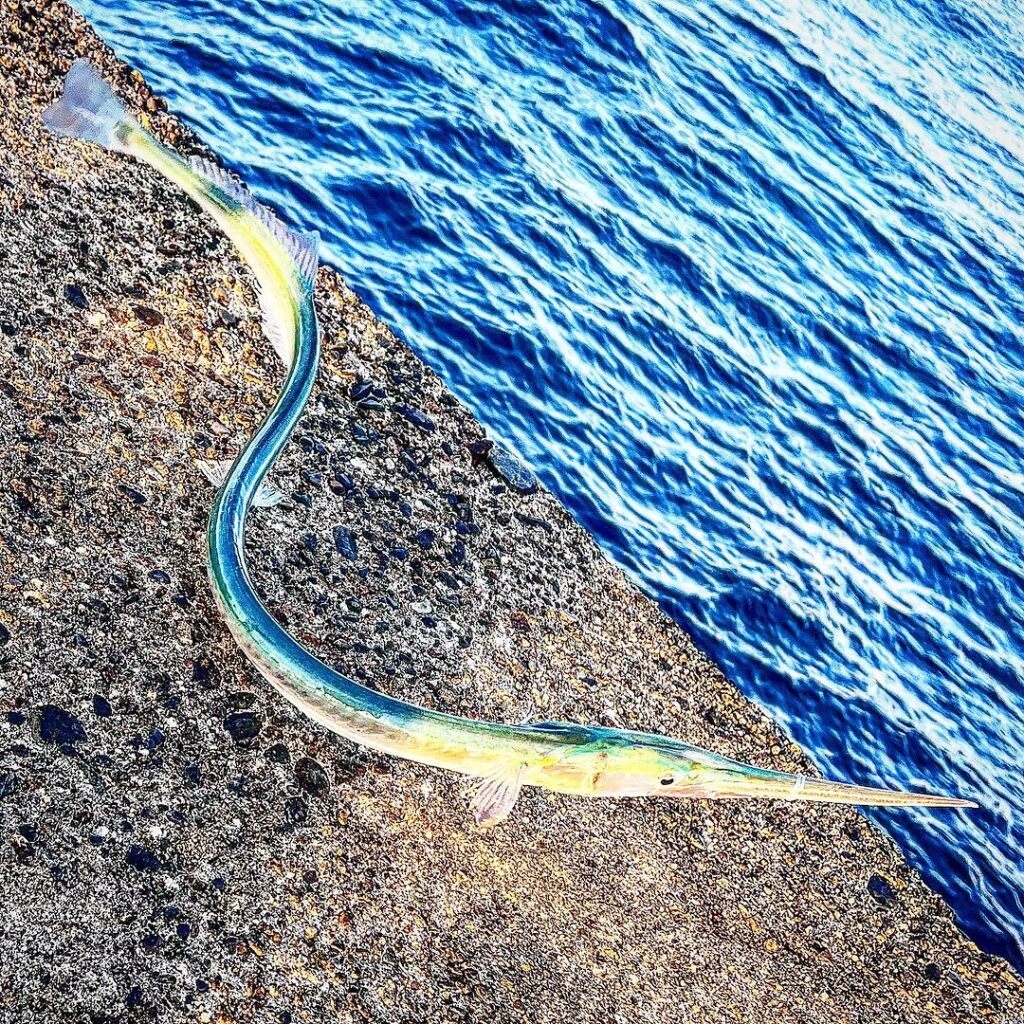
How to Catch Needlefish: 3 Best Methods to Consider
Catching Needlefish can be quite a challenge, given their swiftness and agility in the water. However, in this section, we are going to explore the most effective methods incorporating lure, bait, and cast net.
However, it’s essential to bear in mind that despite the fact that Needlefish hold value as a potential food source, it’s advisable to consider releasing them back into their habitat after a successful capture.
1. Live or Cut Bait
To successfully catch Needlefish using bait, keeping the bait on the water’s surface is crucial. The most effective approach is to use a free-line technique, meaning no additional weights are needed. Simply place a small piece of fresh bait onto a small J-hook and allow it to float right at the water’s surface.
Needlefish are attracted to the scent of the bait therefore, they will gradually approach it. They have a unique feeding habit where they bite through their meal several times to make it more manageable for their small mouths. Allow the Needlefish to nibble on the bait for as long as necessary until they eventually swallow it. At that moment, give your fishing rod a firm jerk to set the hook firmly into the Needlefish’s tough mouth.
When it comes to choosing the best baits for Needlefish, consider using small pieces of shrimp, strips of squid, whole or cut minnows, or even strips of baitfish like pinfish or mullet. These options can be particularly effective in luring Needlefish to your hook.
2. Traditional and Rope Lures
Needlefish are not very choosy when it comes to lures for fishing. They’ll go for traditional options like spoons, plugs, and jigs without fuss. The key here is to use lures that can stay near the water’s surface and are small enough to fit in their mouths. If you’re looking for some lure recommendations for needlefish, consider using small floating jerk baits, tiny flutter spoons, or crappie jigs. These seem to work quite effectively.
Now, here’s an interesting note – you can also try using a rope lure. This lure doesn’t have hooks – instead, it relies on friction to keep the fish in place. A rope lure can be as simple as a piece of rope, or it can have extra features like spinners. Towards the end of the lure, you’ll find a frayed piece of rope with numerous smaller threads hanging off it.
When a toothy fish like a needlefish takes a bite, its teeth get tangled up and locked in place amidst these threads. This method is particularly useful because it doesn’t need to pierce the bony jaws of the needlefish and provide a larger zone to capture them.
3. Cast Net
If you’re not particularly concerned about the thrill of the fisherman’s battle, one of the most dependable techniques for catching Needlefish is using a cast net. These nets are designed for throwing, featuring weights along the edges to ensure the net sinks swiftly, and a handy rope for pulling in your catch and sealing off the opening.
Needlefish prove to be ideal targets for the cast net approach because they tend to stay close to the water’s surface and frequently gather in groups, making it possible to capture multiple fish with a single cast.
Final Thoughts
Overall, Characterized by their slender, needle-like bodies, razor-sharp teeth, and remarkable swiftness, Needlefish stands out as a truly distinct and mesmerizing species that not only adds mystery to the aquatic world but also holds a crucial place within marine ecosystems and supports the delicate balance of aquatic life.

Nato is a content writer and researcher with a background in psychology who’s eager to explore the wonders of nature. As a travel enthusiast and animal lover, she hopes to inspire others to discover and cherish the beauty and importance of the natural world.

